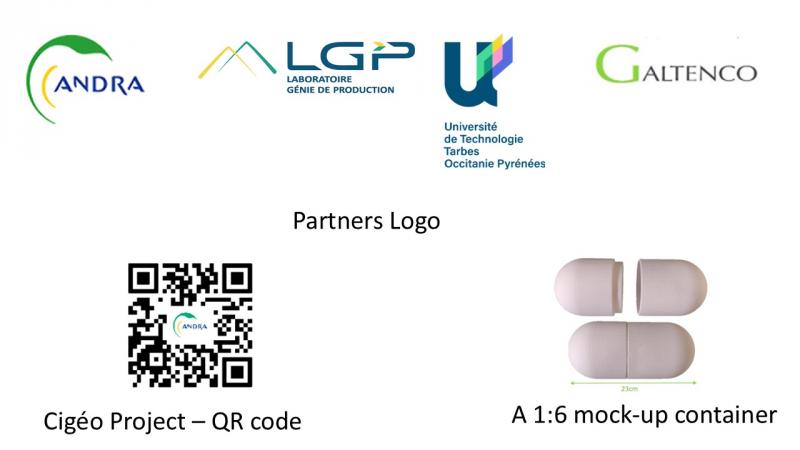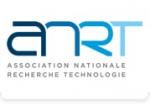Characterization of Ceramic Assemblies for Radioactive Waste Storage: Mechanical and Physico-Chemical Approach
| ABG-134526 | Master internship | 6 months | Hourly rate: 4.35 euros per hour |
| 2025-11-25 |

- Materials science
- Engineering sciences
Employer organisation
Website :
The host laboratory is the LGP – Production Engineering Laboratory which is a multidisciplinary laboratory under the supervision of UTTOP,
LGP covers the fields of Engineering Sciences (SI) and Information and Communication Science and Technology (STIC), is organized into 2 scientific departments and 10 research groups,
Disciplines: materials, mechanics, industrial engineering, control engineering, computer science, electrical engineering, robotics, and production science and technology.
Description
Andra, the French national agency for radioactive waste management, is responsible for finding long-term disposal solutions for various categories of radioactive waste. For the most hazardous high-level, long-lived waste, the current approach involves vitrification and storage. The long-term solution, both in France and worldwide, is deep geological disposal at a depth of 500 meters, as planned in the Cigéo project (QR code shown in attached file). Vitrified waste is placed in a stainless-steel container, which should then be inserted into a carbon steel disposal container designed to protect the waste for 500 years. However, under disposal conditions, low-carbon steel corrodes and releases hydrogen gas, complicating long-term management. Andra is therefore exploring alternative solutions, including the feasibility of manufacturing storage containers from ceramics .A 1:6 mock-up container, manufactured by Galtenco company is shown on attached file. Achieving a reliable, 500-year watertight sealing between the ceramic container body and lid requires: optimized surface design and structuring, an appropriate sealing material, and a heating system to melt this material. Understanding the physico-chemical adhesion mechanisms and evaluating mechanical performance are critical to optimizing the assembly.
Internship Tasks:
- Literature review: Surface treatments, sealing materials, and adhesion tests applicable to dense oxide ceramics.
- Experimental studies: Evaluate parameters for optimized adhesion, including surface topology and surface reactivity, physico-chemical characterization of sealing materials, and mechanical testing using a compression shear test adapted for ceramics.
- Development of adhesion tests: Create or adapt tests to monitor interfacial cracking at the substrate/sealing material interface, as a relevant tool to study the effects of processing and water exposure. This will be coupled with modeling studies at ISAE SUPAERO.
Profile
Master’s-level student or engineer with a generalist background in Materials Science. The internship offers the opportunity to develop expertise in adhesion and surface treatments, and to gain hands-on experience with a wide range of characterization techniques, both in physico-chemistry (DSC, AFM, SEM, etc.) and mechanics.
Starting date
Vous avez déjà un compte ?
Nouvel utilisateur ?
Get ABG’s monthly newsletters including news, job offers, grants & fellowships and a selection of relevant events…
Discover our members
 ANRT
ANRT  MabDesign
MabDesign  CASDEN
CASDEN  Généthon
Généthon  Institut Sup'biotech de Paris
Institut Sup'biotech de Paris  PhDOOC
PhDOOC  TotalEnergies
TotalEnergies  Laboratoire National de Métrologie et d'Essais - LNE
Laboratoire National de Métrologie et d'Essais - LNE  Nokia Bell Labs France
Nokia Bell Labs France  Tecknowmetrix
Tecknowmetrix  Aérocentre, Pôle d'excellence régional
Aérocentre, Pôle d'excellence régional  ONERA - The French Aerospace Lab
ONERA - The French Aerospace Lab  Groupe AFNOR - Association française de normalisation
Groupe AFNOR - Association française de normalisation  MabDesign
MabDesign  CESI
CESI  Ifremer
Ifremer  SUEZ
SUEZ  ADEME
ADEME  ASNR - Autorité de sûreté nucléaire et de radioprotection - Siège
ASNR - Autorité de sûreté nucléaire et de radioprotection - Siège

